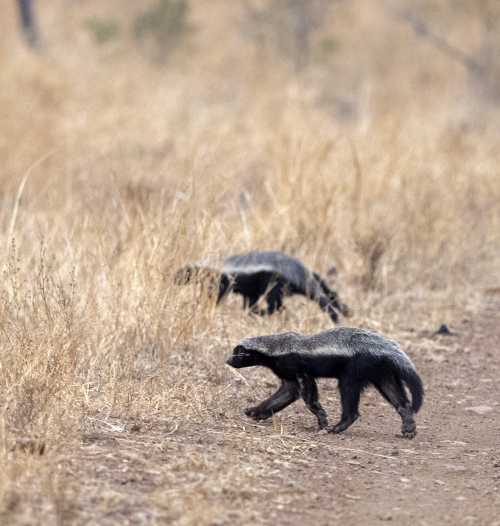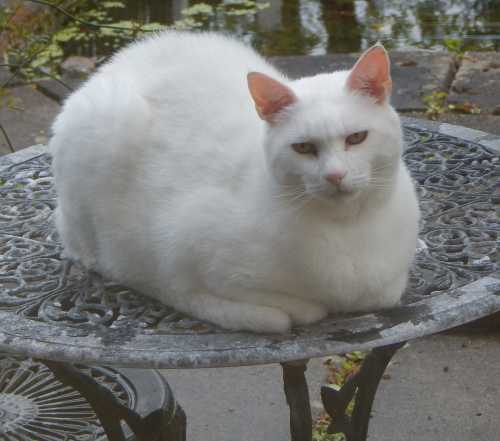Can You Eat Honeycomb?
Short answer:
Yes, honeycomb is perfectly edible, including the beeswax. You can eat honeycomb on its own or with other foods.
You may see packaged, natural honeycomb for sale in delicatessens, or at the local honey fair. Beekeepers may also offer it online. It may be priced at a premium, and some claim that added nutritional and health benefits are gained from eating honeycomb raw.
Given that honeycomb is made from beeswax, it comes as a surprise to some people to learn that all of the honeycomb is completely edible. Below you can read about why honeycomb is edible.
Not only can the honey contained within the wax cells be eaten, but the whole comb itself can be consumed (although please note, honey cannot be eaten by infants and is not recommended for diabetics).
How To Eat Raw Honeycomb
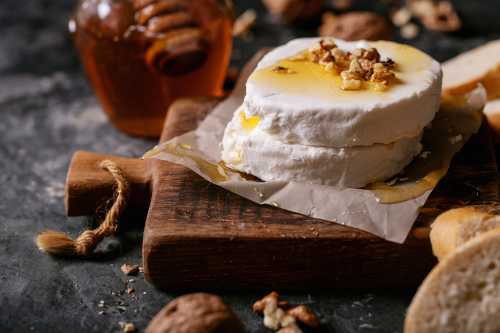
If you'd lie to give it a try, here are some suggestions for eating raw honeycomb:
- Eat it together with soft goat's cheese or light blue soft cheese on crackers.
- Eat it plain on buttered toast.
- Add a chunk of raw honeycomb to yoghurt - sprinkle with chopped nuts, flaked almonds or your favourite sprinkling seeds.
- Try it with ice cream and chopped banana.
- Experiment with pizza toppings: first prepare and cook the pizza - such as cheese and ham. Before eating, add a few small blobs of honeycomb and melt quickly under the grill.
- Honey and soft cheese salad: rocket and herb salad leaves, pumpkin seeds, black olives, soft herby cheese balls with a little of the herby oil drizzled over the salad.
You could add a few sweet cherry tomatoes. Drizzle with honey from the comb, add small pieces of honeycomb to the salad. - Crusty bread, topped with slices of avocado, grilled smoked bacon and pieces of honeycomb.
- Eat it with a slice of buttered fruitcake, a slice of cheddar cheese and a little honeycomb on top.
- Eat it with scones and cream, or buttered scones.
Why natural beeswax is edible and safe to eat
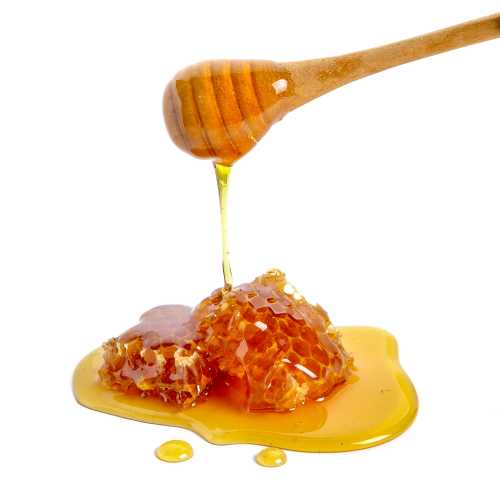
You may be more familiar with inedible forms of wax, such as paraffin wax candles, although of course, beeswax is also used to make candles.
However, raw beeswax contained within honeycomb is perfectly edible. It is secreted directly from the wax-producing glands in the abdomens of young worker honeybees.
Beeswax is already used safely in lip balm, as well as in other cosmetics and a number of ways in beauty products.
The food industry is also unconcerned about humans ingesting beeswax since is also used as a food additive and as a film for wrapping and preserving cheese and other food items.
Beeswax is used in pharmaceutical preparations.
Beeswax as a food additive - E901
Beeswax is used as a food additive labelled E901 (which is white and yellow beeswax). It may appear in or on foods in the following scenarios:
- to add shine to foods as a glazing agent.
- beeswax is also used as a wax coating for fruit.
- as a carrier for flavours.
- as a base for chewing gum.
- as a stabilizer
- as a clouding agent
- as a thickener.
Beeswax is approved for use in food in most countries, and The World Health Organisation lists beeswax as a food additive "NOT OF TOXICOLOGICAL CONCERN"1.
Is raw honeycomb good for you?
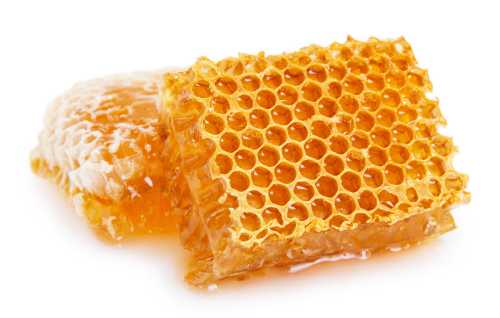
Honey served in its raw state inside the honeycomb is likely to contain pollen grains. Usually it is purchased lightly filtered to remove bits of debris, such as the parts of the bodies of dead bees.
Having additional pollen grains in the honey means the protein content will be slightly higher than with conventional honey, but it is unclear as to whether the amount is meaningful within the context of the human diet.
But what about the wax?
Despite being used as a food additive, whether or not beeswax offers nutritional benefit to humans is debatable - probably unlikely. For a start, beeswax is not easily broken down in the human digestive system (i.e. chemical digestion of fats, proteins, carbohydrates).
This means that whilst beeswax is of no toxic concern, the human body is not able to gain much nutritionally from it. However, there is some interest in the therapeutic uses of beeswax, in particular in relation to its anti-microbial activity.
What does beeswax contain?
The content of beeswax will vary slightly, but to quote one research paper2:
"Beeswax is a complex mixture (more than 300 components) of hydrocarbons, free fatty acids, esters of fatty acids and fatty alcohol, diesters and exogenous substances."
References
(1) World Health Organisation: Food Additives Contaminants JECFA Database.
(2) Fratini F, Cilia G, Turchi B, Felicioli A. Beeswax: A minireview of its antimicrobial activity and its application in medicine. Asian Pac J Trop Med. 2016 Sep;9(9):839-843. doi: 10.1016/j.apjtm.2016.07.003. Epub 2016 Jul 26. PMID: 27633295.
If you found this page helpful or interesting, I'd really be grateful if you would share it with others - if not this page, perhaps another, such as Gardening For Bees.
Thank you so much :) .
